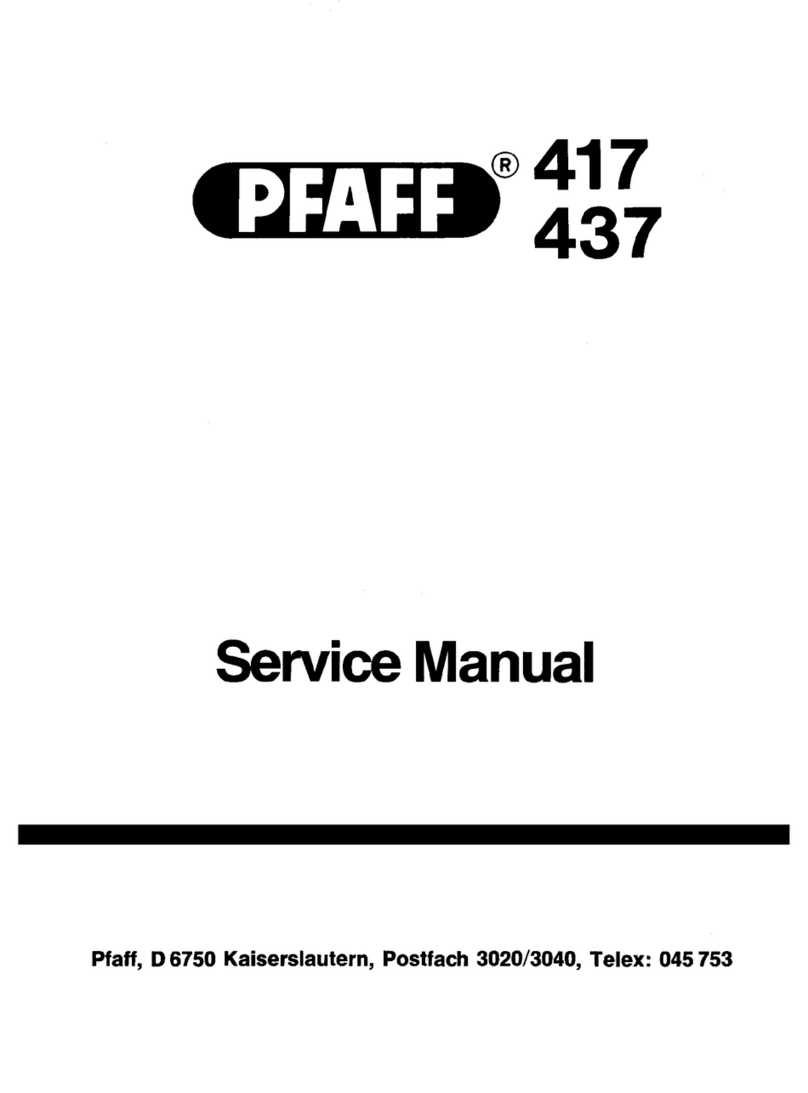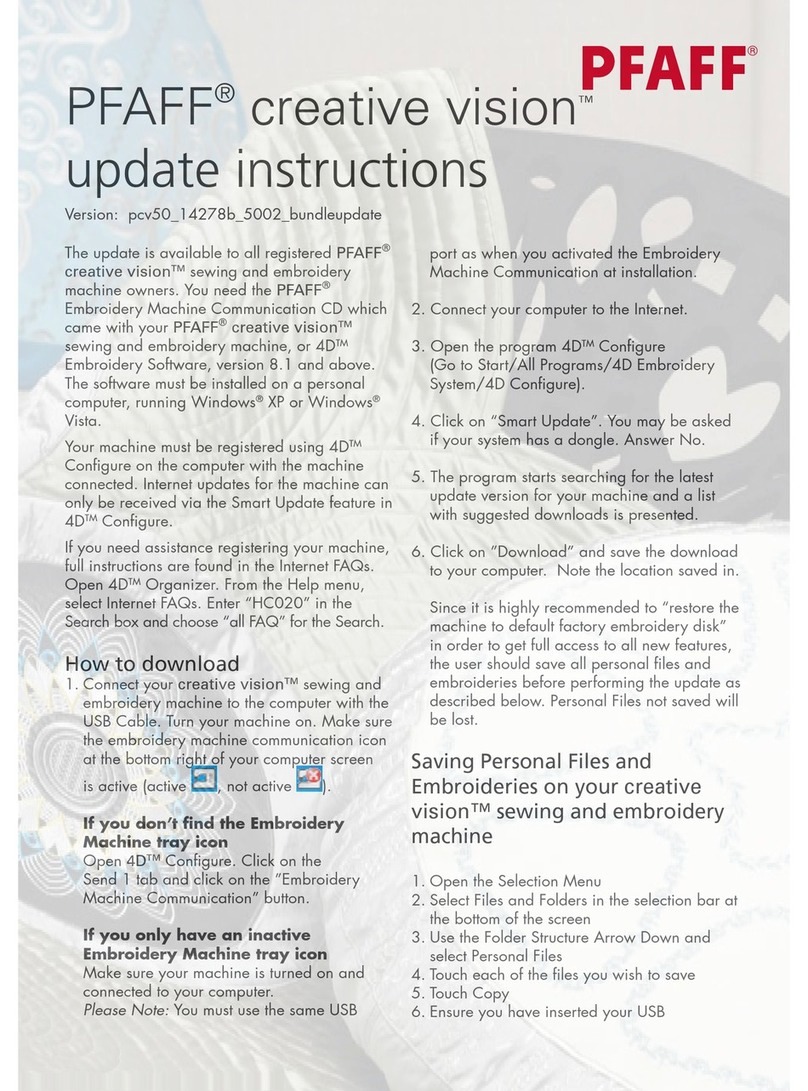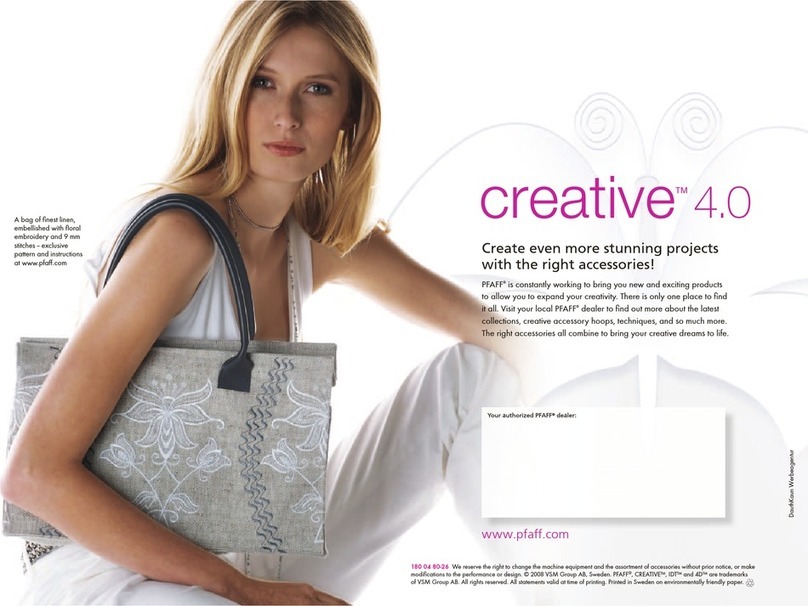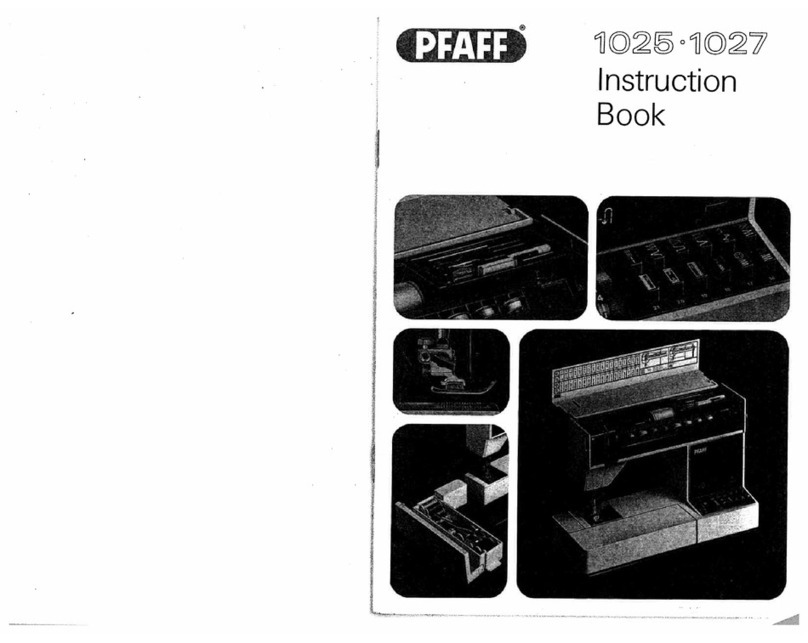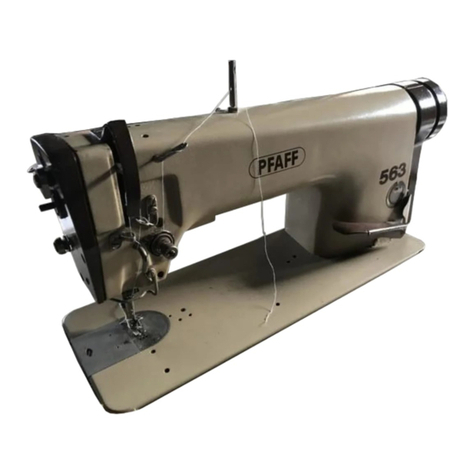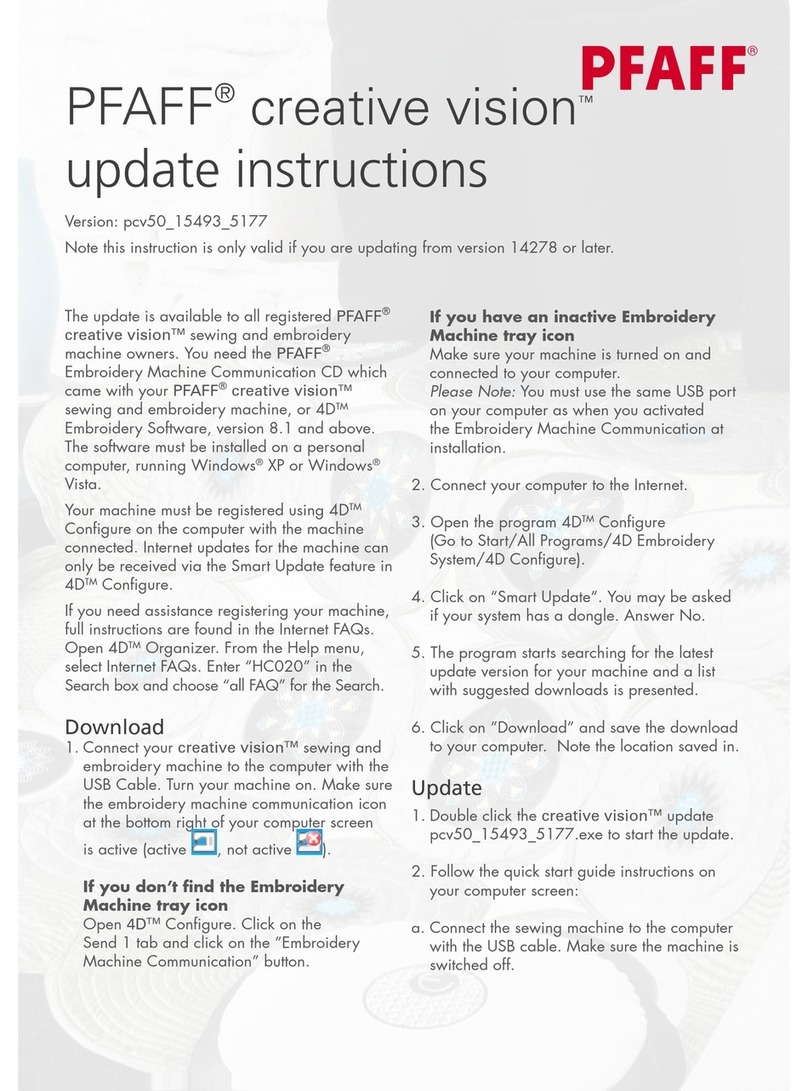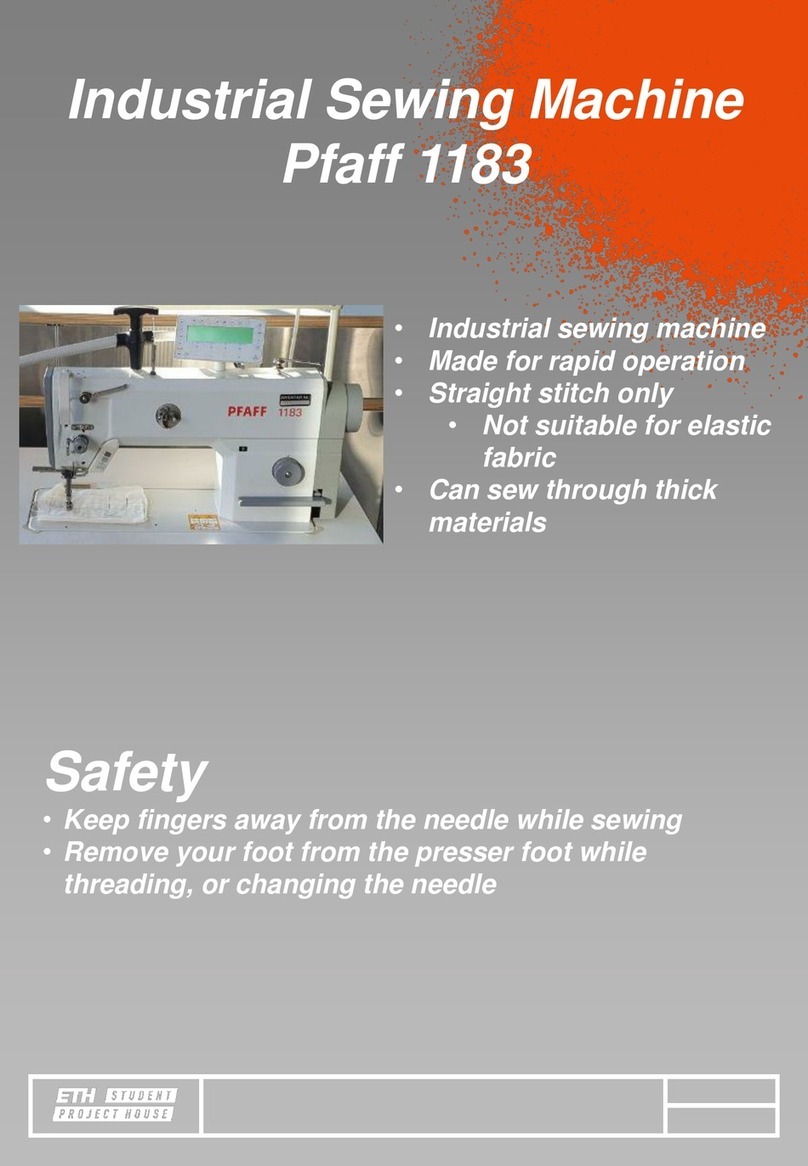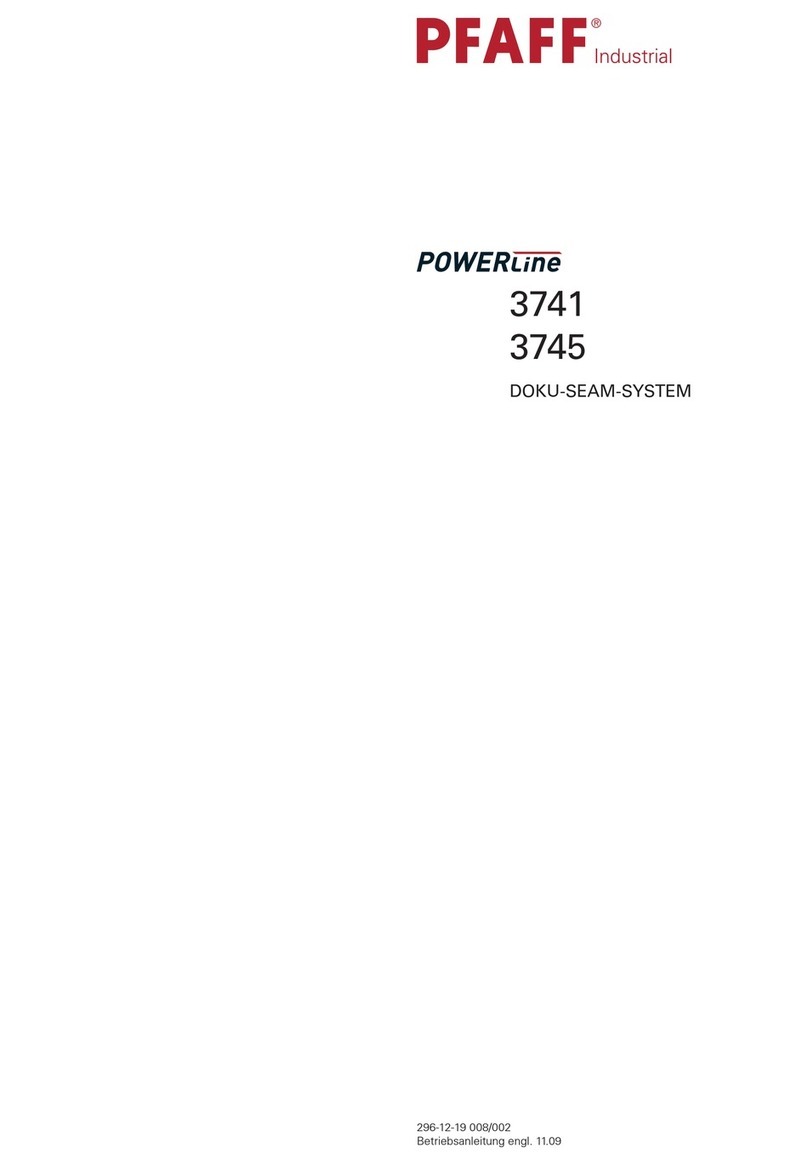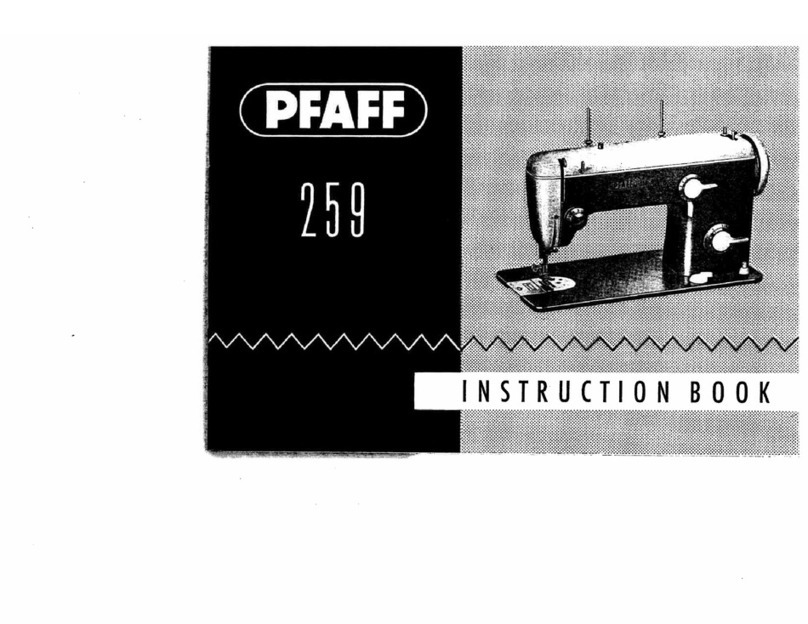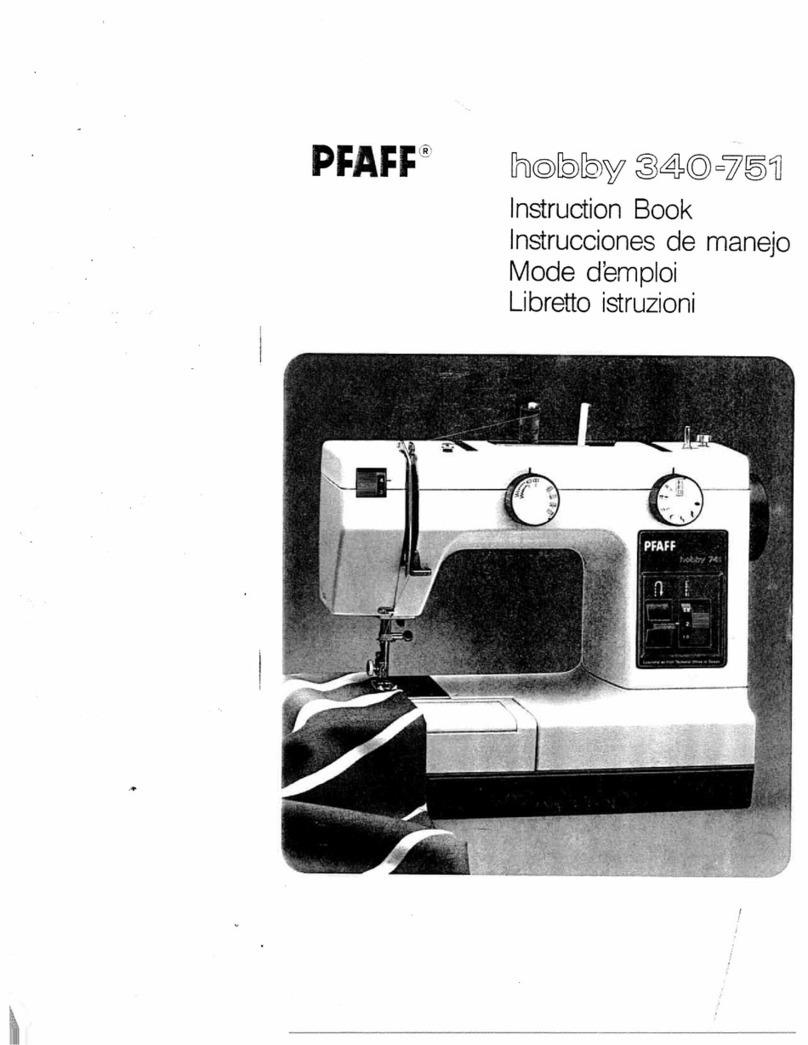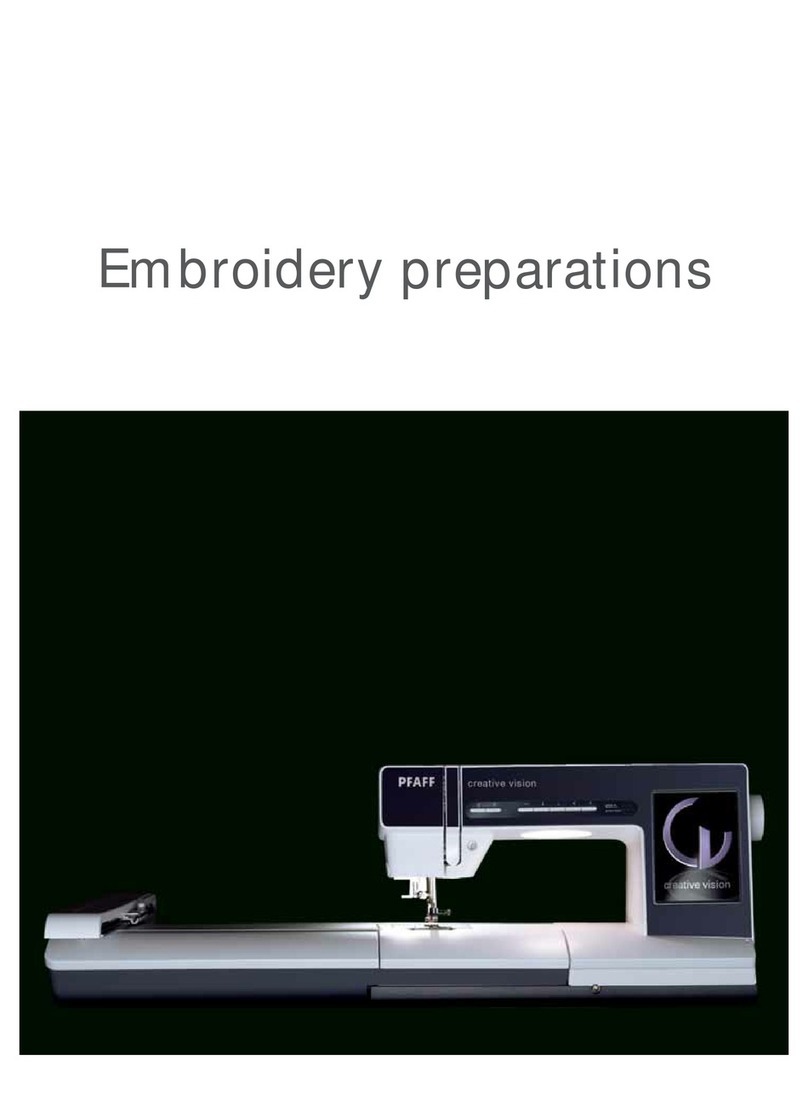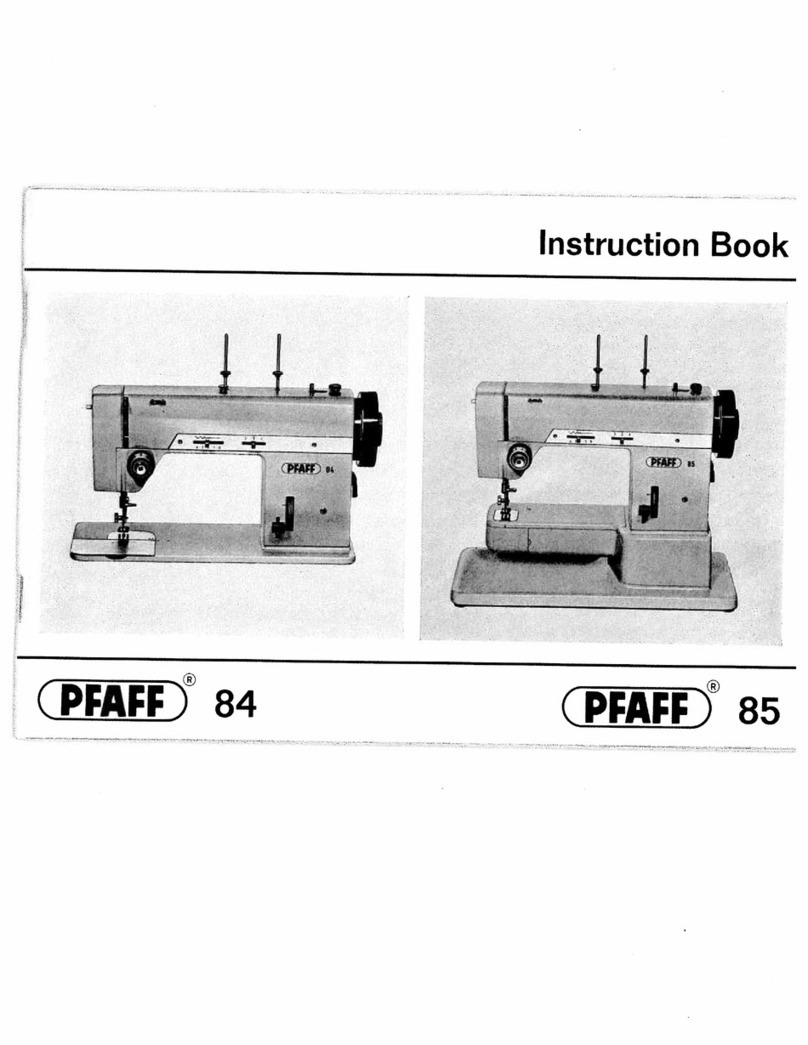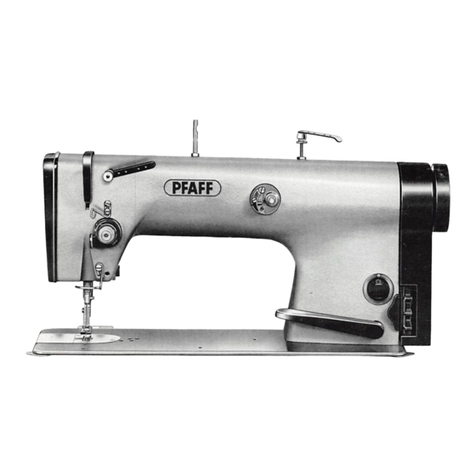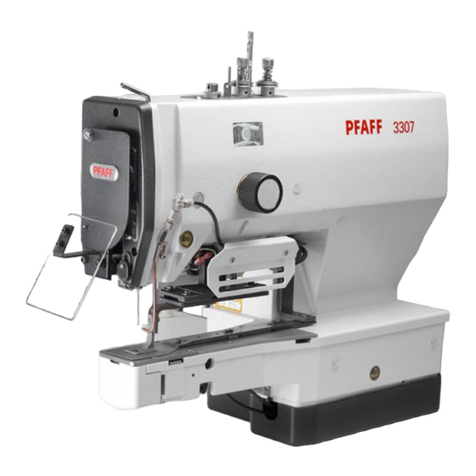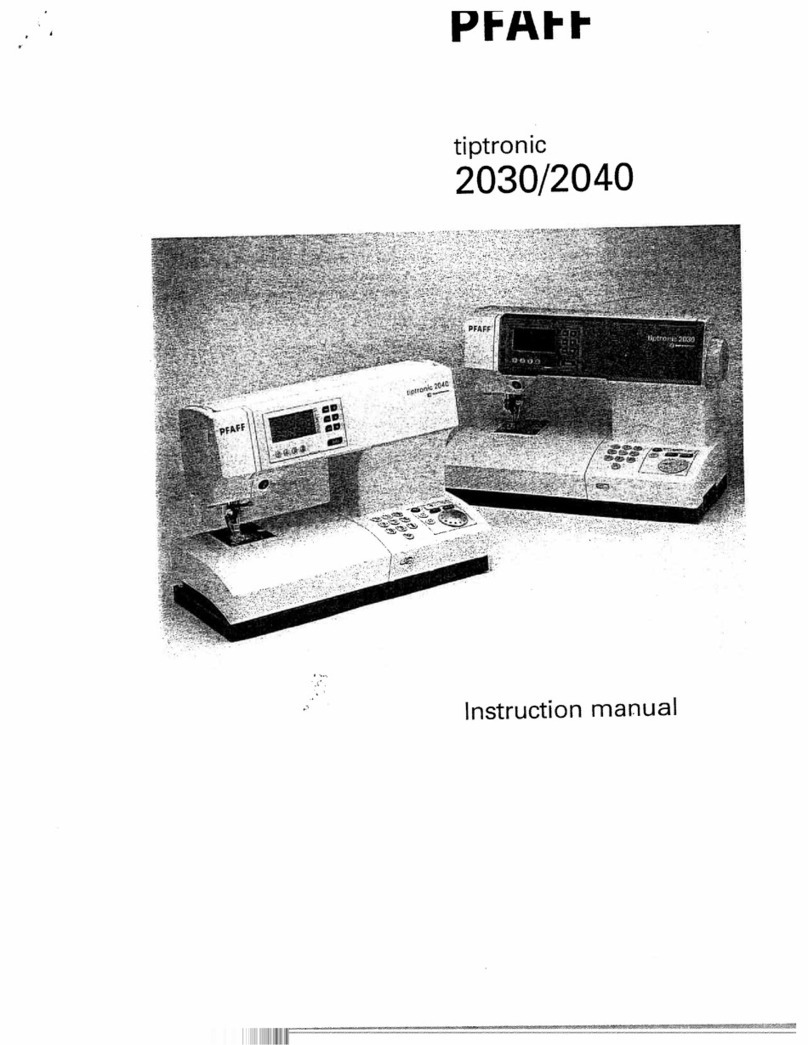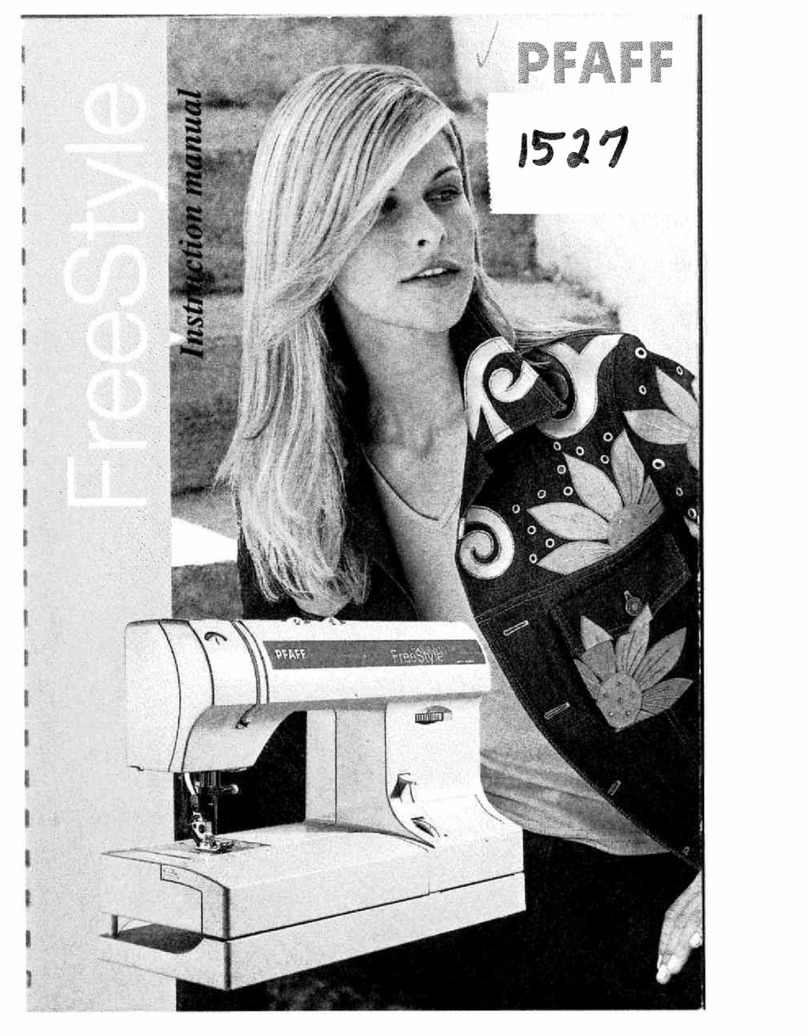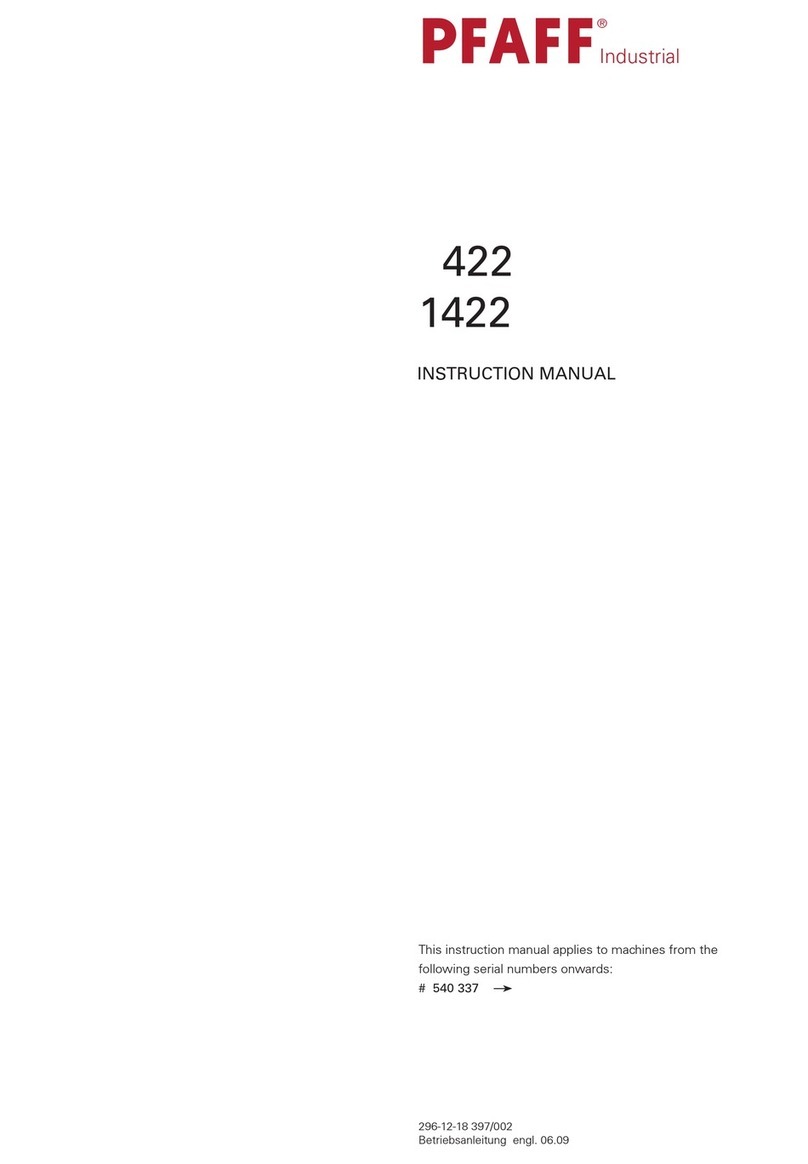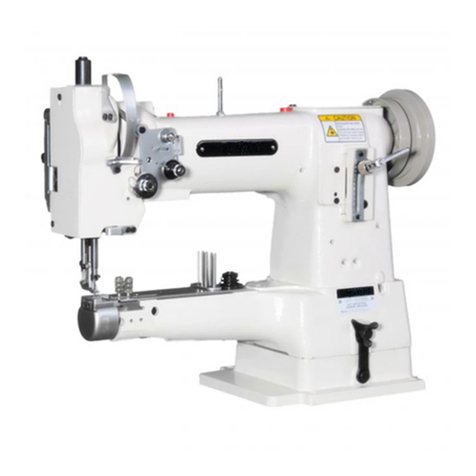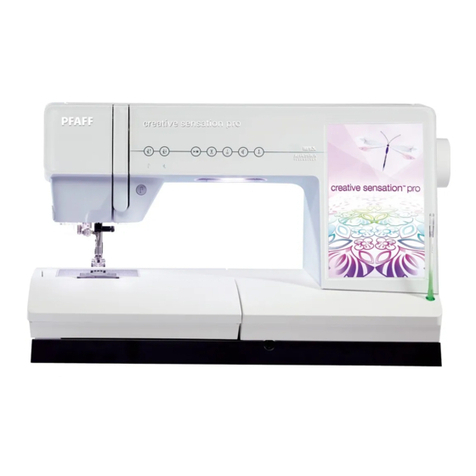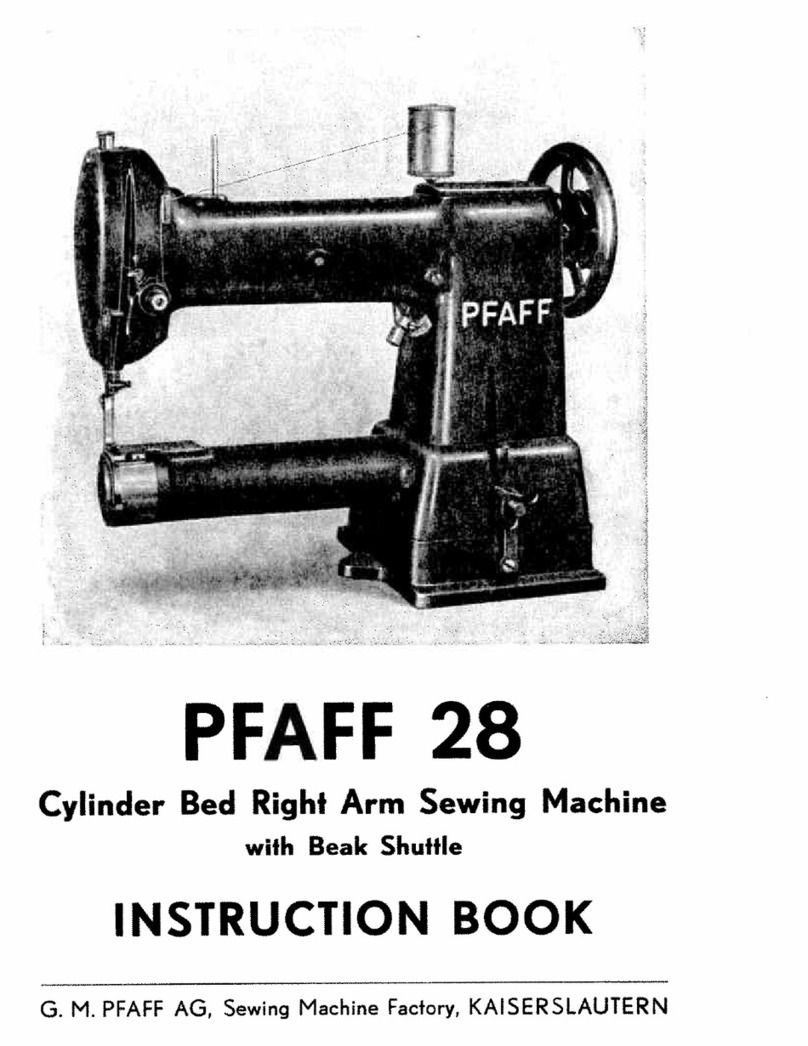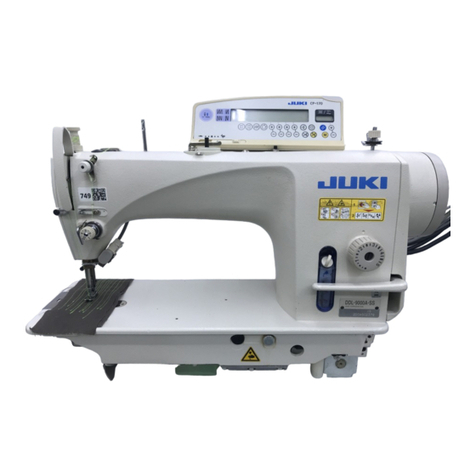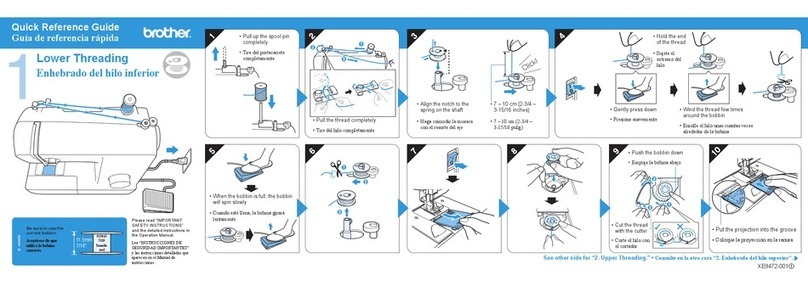Contents
Contents ................................................................................. Chapter – Page
8.04.01 Mounting the start inhibitor ............................................................................................ 8 - 5
8.04.02 Checking the function of the start inhibitor ..................................................................... 8 - 5
8.05 Table top cutout .............................................................................................................8- 6
9Preparation ................................................................................................................... 9 - 1
9.01 Inserting the needle ....................................................................................................... 9 -1
9.02 Winding the bobbin thread, adjusting the thread tension ................................................ 9 - 2
9.03 Removing/Inserting the bobbin case .............................................................................. 9 - 3
9.04 Inserting the bobbin in the bobbin case .......................................................................... 9 - 3
9.05 Threading the bobbin case / Adjusting the bobbin thread tension ................................... 9 - 4
9.06 Threading the needle thread / Adjusting the needle thread tension ................................. 9 - 5
9.07 Entering the stitch length ............................................................................................... 9 - 6
9.08 Entering the maximum speed ........................................................................................ 9 - 6
9.09 Entering the start and end backtacks ............................................................................. 9 - 7
9.10 Setting the remaining stitches for the bobbin thread control ........................................... 9 - 8
10 Sewing ........................................................................................................................10- 1
10.01 Manual sewing .............................................................................................................10 -1
10.02 Programmed sewing ....................................................................................................10 - 2
10.03 Error messages ............................................................................................................10 -3
11 Input ............................................................................................................................11 - 1
11.01 Seam program input .....................................................................................................11 - 1
11.02 Example of a seam program input ................................................................................11 - 1
11.03 Forms for recording programs .......................................................................................11 - 14
12 Care and Maintenance ................................................................................................ 12 - 1
12.01 Cleaning the machine ................................................................................................... 12 - 1
12.02 Topping up the oil tank ..................................................................................................12 - 2
13 Adjustment ..................................................................................................................13 - 1
13.01 Notes on adjustment ....................................................................................................13 - 1
13.02 Tools, gauges and other accessories ............................................................................13 - 1
13.03 Abbreviations ................................................................................................................ 13 - 1
13.04 Checking and adjusting aids .........................................................................................13 - 2
13.05 Adjusting the basic machine.........................................................................................13 - 3
13.05.01 Basic position of the machine drive unit .......................................................................13 - 3
13.05.02 Preadjusting the needle height ......................................................................................13 - 4
13.05.03 Neutral position of the bottom feed dog ........................................................................13 - 5
13.05.04 Feeding motion of the bottom feed dog ........................................................................13 - 6
13.05.05 Lifting motion of the bottom feed dog ........................................................................... 13 - 7
13.05.06 Height of the bottom feed dog ......................................................................................13 - 8
13.05.07 Needle in needle hole centre .........................................................................................13 - 9
13.05.08 Hook shaft bearing and toothed belt tension .................................................................13 - 10
13.05.09 Hook lubrication ............................................................................................................13 - 11
